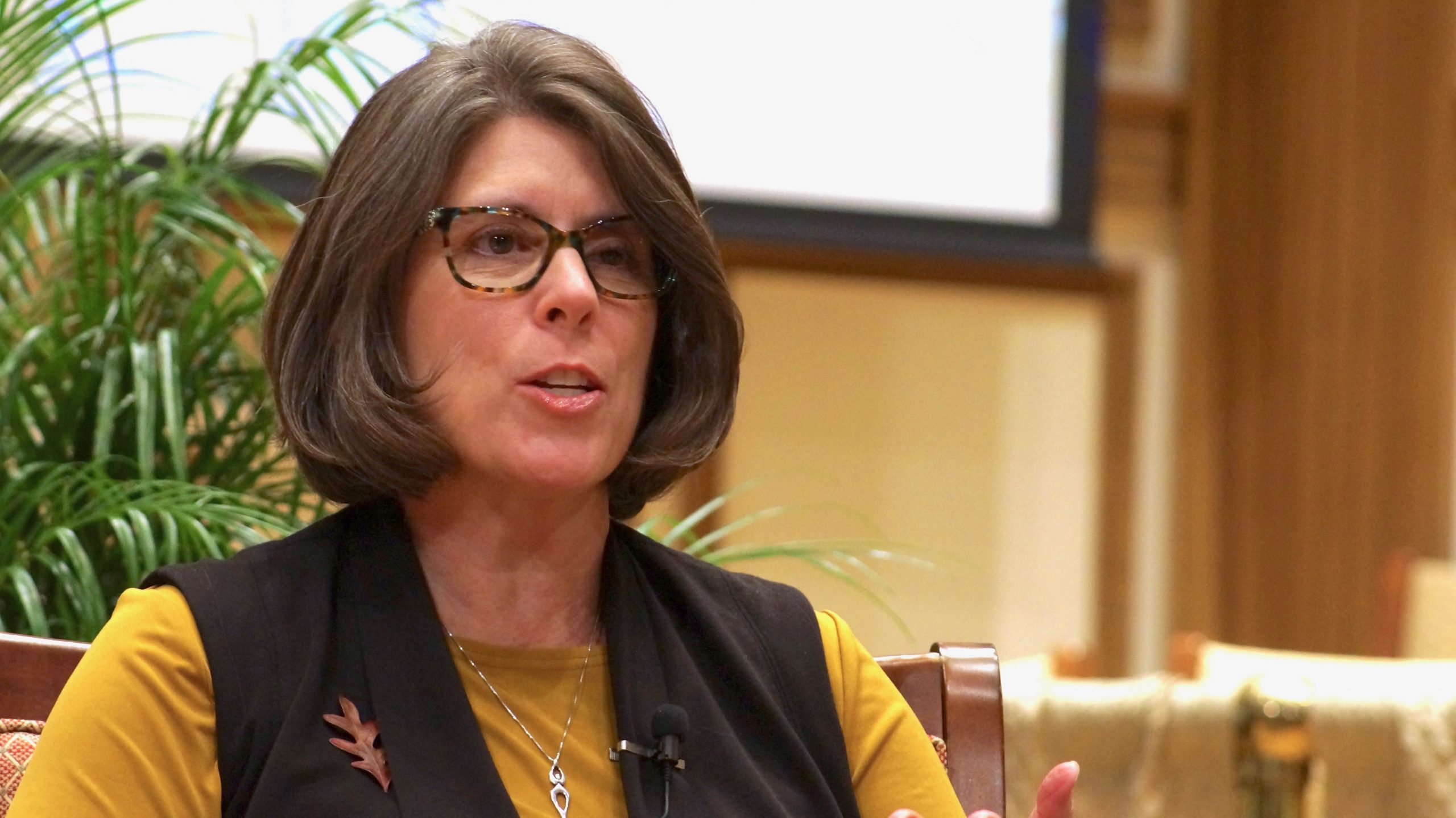“No Joke: Resisting the Culture of Disbelief” is now available in its format submitted to the CrossCurrents Journal several years ago. (Page down to get your copy at the bottom of this page). And if you have access, you can also read the final edited version at the links to the CCJ just below.
In 2018, I set out to publish findings about the state of clergywomen in the U.S. I was aiming to fill a 20-year data gap. However, the article I wrote received a chilly reception in more than one outlet. And I struggled to find a home for it.
Soon I figured out that I simply needed to write the State of Clergywomen Report as a full 20-page update. I did and you can get your copy today.
Nevertheless, I persisted with that original essay. It is now available in the journal CrossCurrents, as part of a volume about theological education.
CrossCurrents Journal Link:
No Joke! Resisting the “Culture of Disbelief” That Keeps Clergy Women Pushing Uphill
Published: 14 July 2019 https://doi.org/10.1111/cros.12355
ABSTRACT:
Women called to ministry are surrounded by a “culture of disbelief” in America. Their pathways to ordination and service remain an uphill climb. Nevertheless, more and more women are entering ministry, in some denominations tripling the numbers in the last two decades. That growth is documented here for the first time. Curiously women’s overall seminary enrollment remains at the same level as twenty years ago. A closer look reveals that more women of color and fewer white women are enrolling in seminary. Despite overall growth, the culture of disbelief does not evaporate for women with an MDiv, ordination, or even a job as pastor. To resist the culture of disbelief and reduce the load women carry uphill in ministry, churches and seminaries can commit to three vital steps: 1) educate everyone about implicit gender bias; 2) create supportive workspaces, and 3) focus on ministry purpose, not image perception.
If you wish to share data from this study, please navigate over to the State of Clergywomen Report, where you can sign up and download your copy. The most up-to-date statistics are in the 2018 report.




